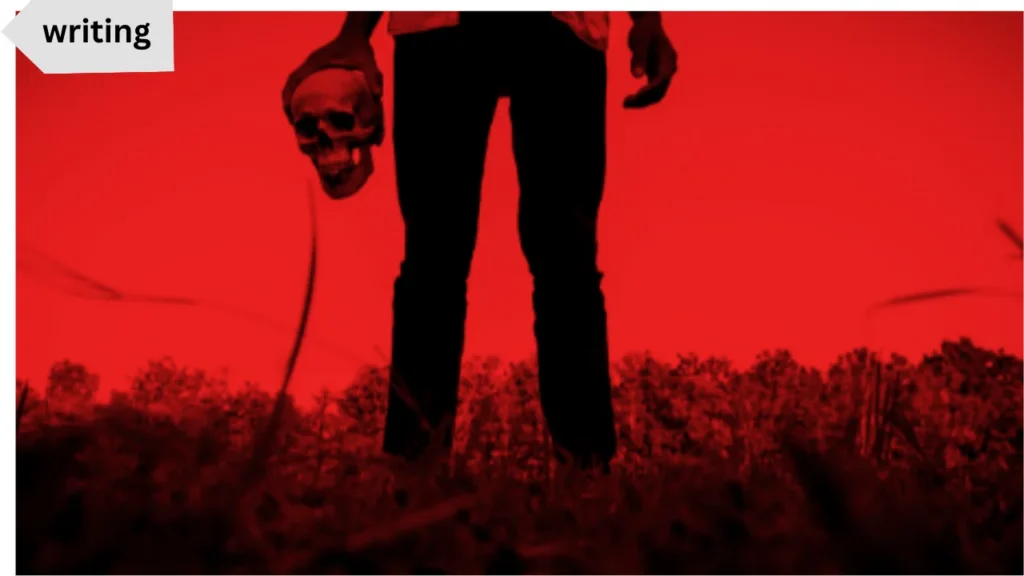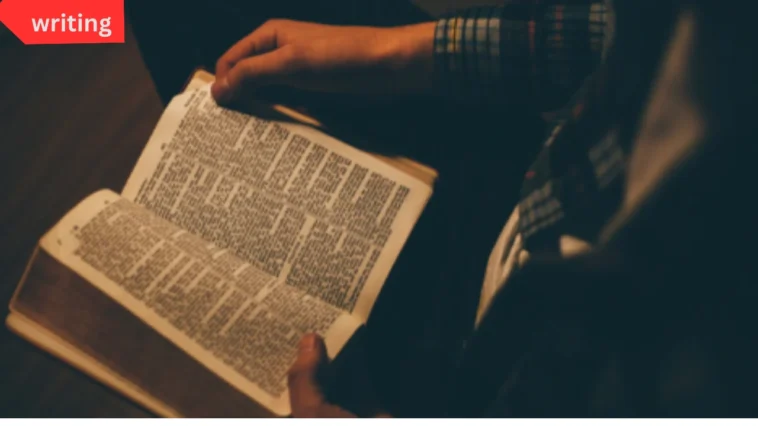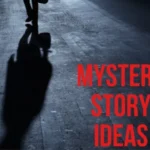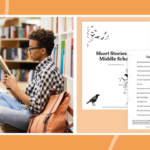Introduction
There’s nothing quite like the thrill of a good scary story—the kind that makes your heart race, your palms sweat, and your imagination run wild long after you’ve read the last word. Thanks to the internet, spine-chilling tales are now more accessible than ever, with a vast array of terrifying stories just a click away. Whether you’re a casual horror fan or a seasoned thrill-seeker, the online world offers an abundance of haunting narratives tailored to every taste. So, grab your blanket, dim the lights, and get ready to explore some of the scariest stories available online.

Categories of Scary Stories
1. Classic Horror
Classic horror stories often draw inspiration from traditional tropes—ghosts, vampires, and haunted houses. These tales evoke timeless fears, blending atmospheric suspense with gothic undertones. Think Edgar Allan Poe’s eerie prose or modern twists on folklore. Online, you can find countless stories that honor these roots while adding new dimensions of terror.
2. Psychological Horror
For those who love stories that delve into the human mind, psychological horror offers a deeply unsettling experience. These tales often feature unreliable narrators, mind-bending scenarios, or characters grappling with inner demons. They’re designed to make you question what’s real and what’s imagined, leaving you unsettled long after the story ends.
3. Creepypasta and Internet Urban Legends
The internet has spawned its own subgenre of horror in the form of creepypastas—short, user-generated stories that often go viral. Tales like Slender Man, Candle Cove, and Jeff the Killer have become modern legends, captivating audiences with their eerie simplicity and cultural impact.
4. Paranormal Encounters
Paranormal stories center on ghosts, possessions, and otherworldly entities. Often told as first-person accounts, these narratives blur the line between fiction and reality. From haunted houses to spectral sightings, these tales are perfect for fans of supernatural scares.
5. Science Fiction Horror
This subgenre combines futuristic elements with fear, exploring themes like rogue AI, alien encounters, or experiments gone awry. These stories offer a chilling glimpse into dystopian possibilities and the dark side of technological advancement.
6. Body Horror
Body horror is not for the faint of heart. These stories focus on grotesque physical transformations, mutilations, or infestations that push the boundaries of what’s tolerable. They’re designed to provoke visceral reactions and challenge readers’ comfort levels.
7. True Crime-Inspired Stories
Inspired by real-life events, true crime horror stories fictionalize the macabre details of unsolved mysteries or notorious serial killers. These tales often feature an added layer of dread, knowing they’re rooted in reality.
8. Short and Quick Scares
For readers who crave instant chills, short-form horror stories—like two-sentence tales or flash fiction—deliver scares in bite-sized doses. These are perfect for when you want a quick fright without committing to a lengthy narrative.
Related Article : 80 Killer Writing Prompts for Middle School
Platforms for Scary Stories
1. Dedicated Story Websites
Websites like Reddit’s r/nosleep, Creepypasta Wiki, and Wattpad host a treasure trove of terrifying tales. These platforms are community-driven, allowing readers to discover and share stories with fellow horror enthusiasts.
2. Independent Author Blogs
Many indie authors publish original scary stories on their blogs, offering unique perspectives and creative storytelling. These platforms often feature serialized content, letting readers follow chilling narratives over time.
3. Interactive Story Platforms
Interactive storytelling websites offer a gamified horror experience, where readers can make choices that influence the outcome of the story. These “Choose Your Own Adventure” horror tales add an engaging, immersive element to traditional storytelling.
4. Social Media Accounts
Social media platforms like Twitter, Instagram, and TikTok have become unexpected hubs for horror. Creators share short, impactful horror stories, threads, or video reels that deliver scares in creative formats.
Elements of a Great Scary Story
1. Suspense
The best scary stories keep readers on edge by carefully building tension and delaying the reveal of crucial details. The anticipation of what’s to come can be just as frightening as the climax.
2. Atmosphere
A vivid setting is key to immersing readers in a story. Whether it’s a creaky old mansion or a desolate forest, the environment should evoke unease and amplify the fear factor.
3. Relatability
Readers connect more deeply with characters they care about. A believable protagonist’s struggles and fears make the horror feel personal.
4. Surprise Twists
A well-executed twist can leave readers reeling, forcing them to rethink everything they’ve read. The unexpected keeps the experience fresh and memorable.
5. Cultural Myths and Folklore
Incorporating cultural myths and legends adds authenticity and intrigue to scary stories, allowing readers to explore new perspectives and fears.
Writing Tips for Aspiring Horror Authors
1. Study the Genre
Read widely across different subgenres of horror to understand what works and why. Familiarize yourself with classic and modern works to find inspiration.
2. Focus on Mood
Use descriptive language to create a foreboding atmosphere. Subtle details, like the creak of a floorboard or the flicker of a shadow, can be more chilling than overt scares.
3. Experiment with Formats
Try writing in unique styles, such as diary entries, found footage, or epistolary formats, to add depth and variety to your stories.
4. Engage with Online Communities
Post your stories on platforms like r/nosleep or Wattpad to gain exposure and valuable feedback from readers.
5. Iterate on Feedback
Pay attention to reader responses and use constructive criticism to refine your storytelling skills. Adaptation and growth are key to becoming a better horror writer.
FAQs
1. Where can I find scary stories online?
You can find scary stories on platforms like Reddit (r/nosleep), Creepypasta Wiki, Wattpad, or independent author blogs. Social media platforms like Twitter and TikTok also feature short-form horror content.
2. What are creepypastas?
Creepypastas are short, user-generated horror stories that often go viral online. Popular examples include Slender Man, Jeff the Killer, and Candle Cove.
3. How can I start writing my own scary stories?
Start by studying the horror genre and experimenting with different formats. Post your stories on platforms like Wattpad or Reddit to gain feedback from a community of readers.
4. Are the stories on r/nosleep true?
While r/nosleep stories are fictional, they are written in a way that mimics real-life experiences to heighten the scare factor.
5. Can I submit my scary story to online platforms?
Yes, many platforms like r/nosleep, Wattpad, and Creepypasta Wiki welcome user-submitted stories. Be sure to follow their submission guidelines.
6. What’s the difference between psychological horror and classic horror?
Psychological horror focuses on mental and emotional fear, often exploring the darker aspects of the human mind. Classic horror leans more on traditional tropes like ghosts, vampires, and supernatural elements.
Conclusion
The world of online scary stories is vast, diverse, and ever-growing. From classic horror to modern internet legends, there’s something for everyone to enjoy. These tales invite us to confront our fears from the safety of our screens, reminding us of the thrill of being scared. Whether you’re a reader seeking chills or a writer aspiring to create them, dive in and explore this eerie, exciting realm—if you dare.


